Description
Overview
Modern lifestyle choices, such as an unbalanced diet and poor nutrition, have a major impact on health determinants. Immune and inflammatory challenges arise when our bodies cannot keep up with the demands of handling stress, toxin removal and cellular function preservation. Vita-Turmeric provides a well-rounded blend of turmeric phytonutrients that can help support normal inflammatory input and strengthen immune reserves.1 The formula targets various proinflammatory markers and supports healthy breathing, cognitive function, gut and immune function.1,2 The molecular structure of turmeric’s components–proteins, fibers, carbohydrates and volatile oils– contributes to its bioefficacy and maximizes its pleiotropic effects, making it an essential phytonutrient to combat various inflammatory pathways in our body.
Turmeric (Complete Turmeric Matrix)†
Whole-root turmeric and its active components have been used in traditional Ayurvedic medicine for centuries. In herbal medicine of old, practitioners used teas, tinctures and extracts of all types. In the 21st century, as research grew on the benefits of turmeric, the focus shifted to identifying and isolating one individual compound, curcumin, rather than delivering the comprehensive benefits of a matrix of turmeric bioactives. As a result, concentrating curcumin led to poor absorption and pharmaceutical methods were applied to bypass the gut and increase its bioavailability. The glaring disadvantage of applying this pharmaceutical model to botanicals is that it misses the benefits of other bioactives present within the turmeric matrix and their positive effects on the microbiome. New research on turmeric shows the additional bioactives in turmeric have additional benefits and enhance bioavailability. The Complete Turmeric Matrix includes compounds from the entire turmeric root, all working together as nature intended to deliver better results. The Complete Turmeric Matrix formulation contains standardized amounts of 45%–55% curcuminoids, 2%-6% turmerin protein and 3%-8% volatile oil, plus other components that make up the whole turmeric root. This matrix of bioactive compounds supports a healthy GI tract, enhances detoxification, creates a healthy microbiome, and helps maintain normal inflammatory balance.
Turmeric and Immune Health†
Turmeric and its phytonutrients, like curcumin, have been shown to support lowering of lipid peroxidation by maintaining the activity of antioxidant enzymes such as superoxide dismutase, catalase and glutathione peroxidase at higher levels.1 In animal studies, curcumin was reported to decrease the release of reactive oxygen species from macrophages and inhibit histamine release from mast cells.2 The chemical structure of the curcumin molecule allows it to have a significant effect on oxidative stress and immune-mediated reaction.3 However, several findings indicate that antioxidant and protective effects are synergistically enhanced when other turmeric components are included.11 Other turmeric components such as turmerones,11 curdione,12,14 germacrone,13 bisacurone,15 calebin A,16 turmerin17 and β-elemene18 all have significant impact on immune health and maintaining normal inflammatory balance. The complete turmeric matrix was tested for its impact on immune cells. The test results showed it had three-fold increase in phagocytic ability.7 Due to its pleiotropic effects and ability to pursue multiple inflammatory targets, turmeric has proven uses as an immune-boosting agent. A meta-analysis of eight randomized controlled trials indicated that doses of 1,000 mg of curcumin per day were effective in balancing overactive immune challenges.9 In a randomized, double-blind, placebo-controlled clinical trial published in the Journal of Medicinal Food, a total of 36 patients with immune challenges were included to test out the efficacy of the complete turmeric matrix. A dose of 250 mg or 500 mg of the turmeric product was given twice a day to the patients in the treatment groups. Specific objective measures and lab markers were used to assess the response of these patients. The results indicated that this the complete turmeric formulation improved objective measurements and showed to maintain normal inflammatory balance.
Turmeric and Gut Health†
All sources of orally consumed nutrients must pass through the gut before moving along to the rest of the body. Likewise, the gut microbiome is now considered influential in every aspect of human metabolism, making it an important mediator of phytonutrients. Therefore, the gut and its microbiota are the primary targets of medicinal compounds like turmeric. Turmeric and its phytonutrients, like curcumin, have been shown to support expression of protective proteins such as Nrf2. They also support normal balance of the expression of various inflammatory agents in the gut, such as NFkB, COX enzyme(s), and matrix metalloproteinases-9. In addition, they boost NK cell activity.1,4,5 mechanism of action of curcumin is that it can indirectly bind to toll-like receptor 4 (TLR4)10. Literature indicates that this action supports a balance in innate immune response to lipopolysaccharides (LPS).10 Furthermore, turmeric can help attenuate LPS-induced cytokine release and tight junction protein disruption. Other non-curcuminoid compounds, such as curdione and germacrone, also help balance LPS-induced immune challenges.12,13 This promotes overall gut mucosal health and helps create equilibrium in inflammatory responses.4
Turmeric Bioactivity vs. Bioefficacy† Bioavailability is defined as delivery of a biologically active compound to a target tissue; it is not simply absorption of higher amounts of the nutrient into the blood. There has been continuous debate on the bioavailability of curcumin, and it is important to note that most clinical research of turmeric-derived compounds is focused on curcuminoid activity.3 Curcuminoids undergo extensive metabolism during and after ingestion.3 This is one of the key reasons curcumin is encouraged to be consumed with an adjuvant or made with “bioavailability enhancers” that dilute the breakdown process. However, these enhanced versions show no significant impact in human clinical studies. Studies showing increased absorption have not demonstrated increased positive clinical outcomes. Based on this, it is important to shift focus to bioefficacy, or the effectiveness of a material in a biological environment, over bioavailability. Components of the whole turmeric root have proven that the therapeutic effect of turmeric extends beyond curcuminoids alone.6


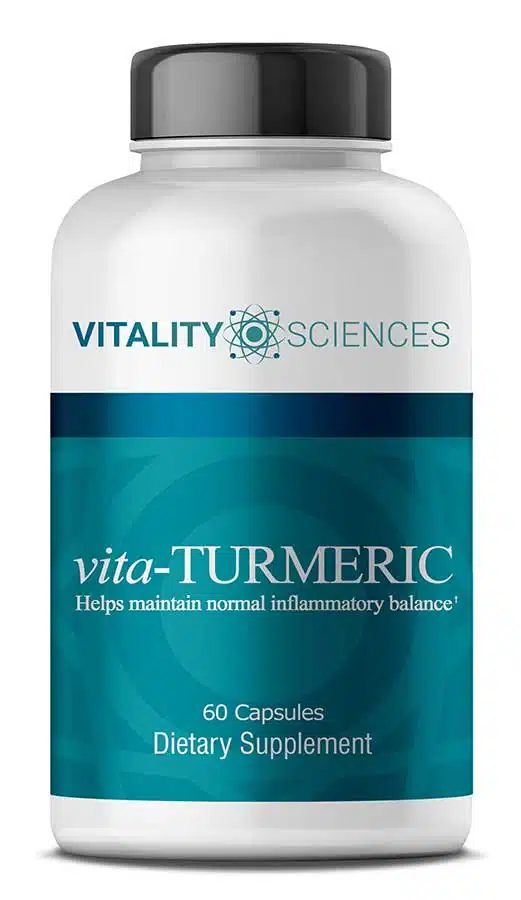
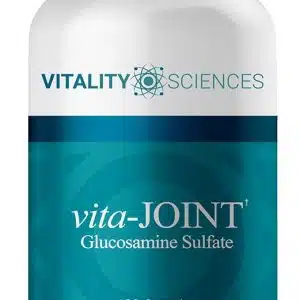
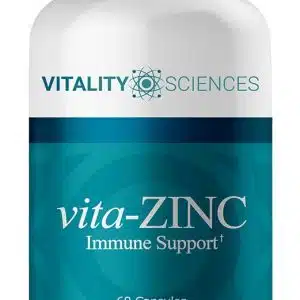
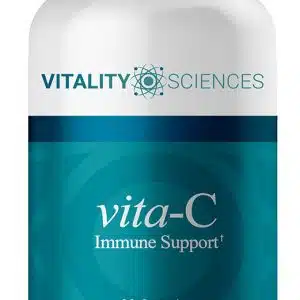
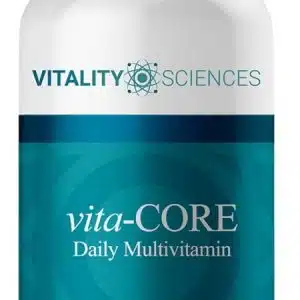
Reviews
There are no reviews yet.